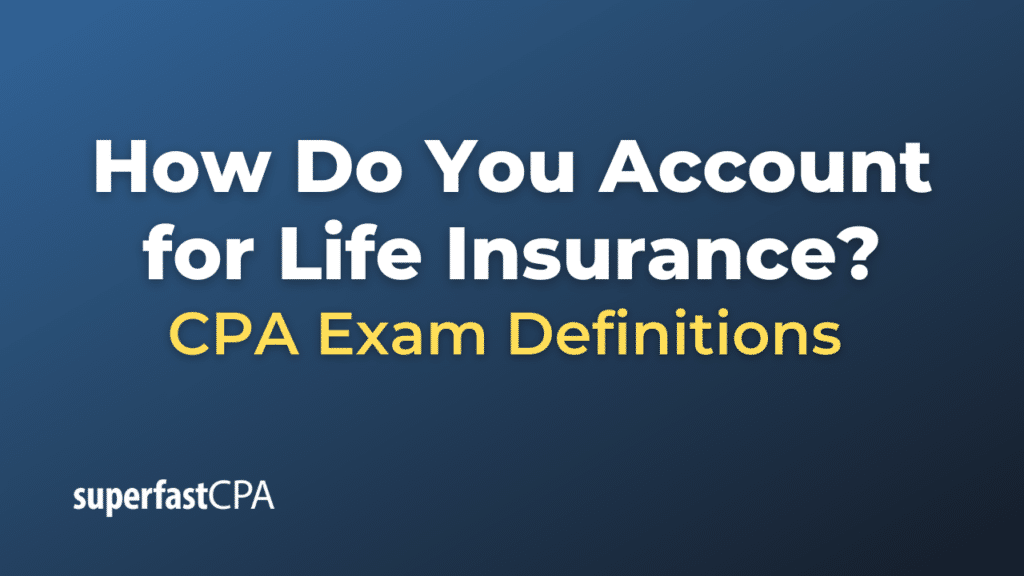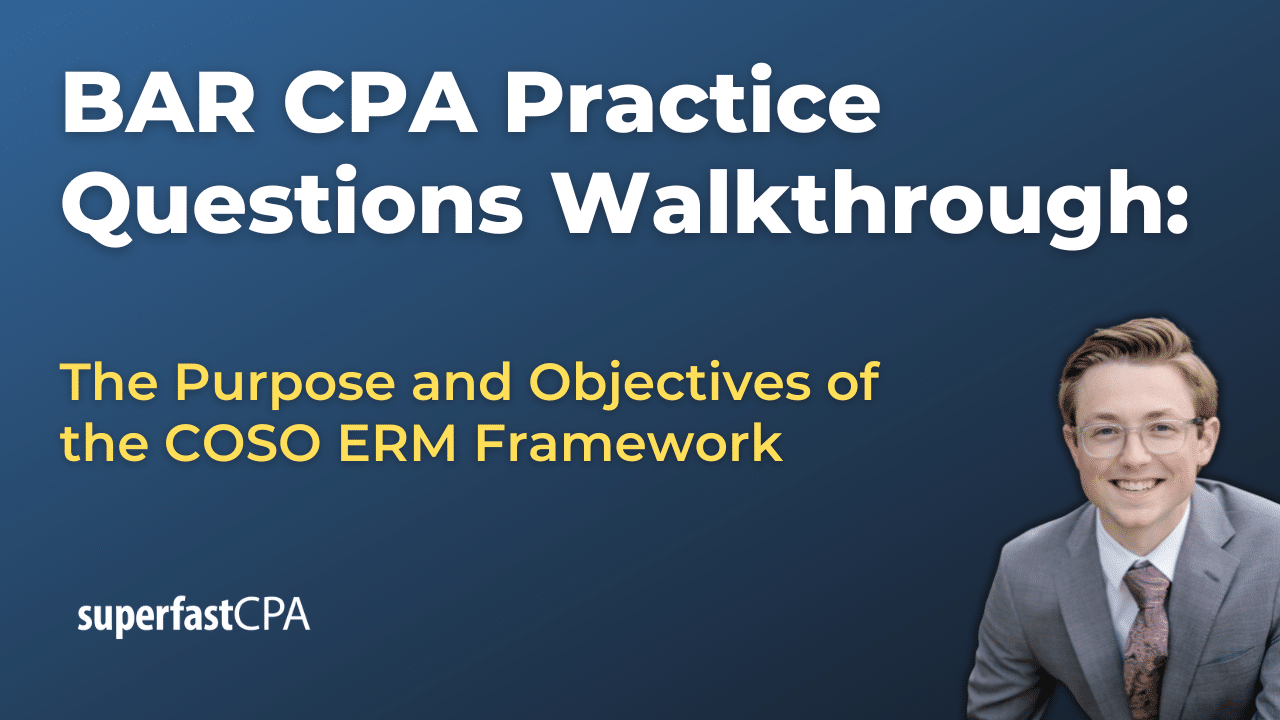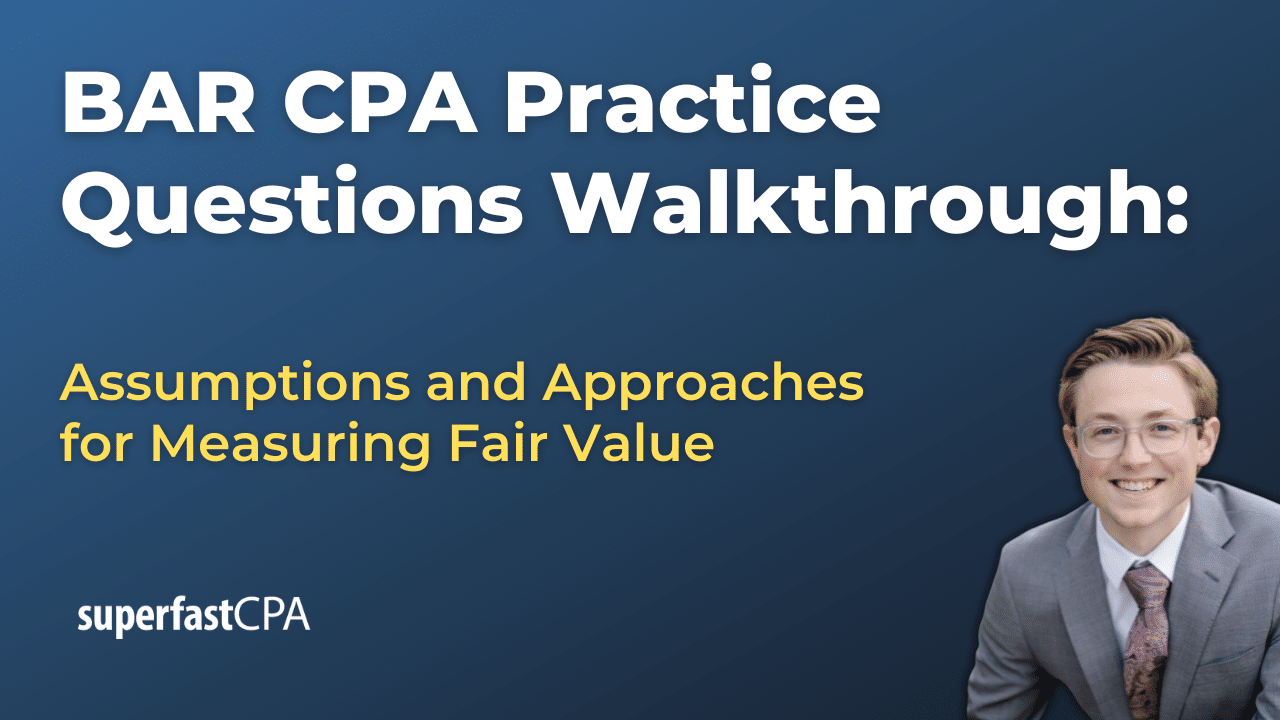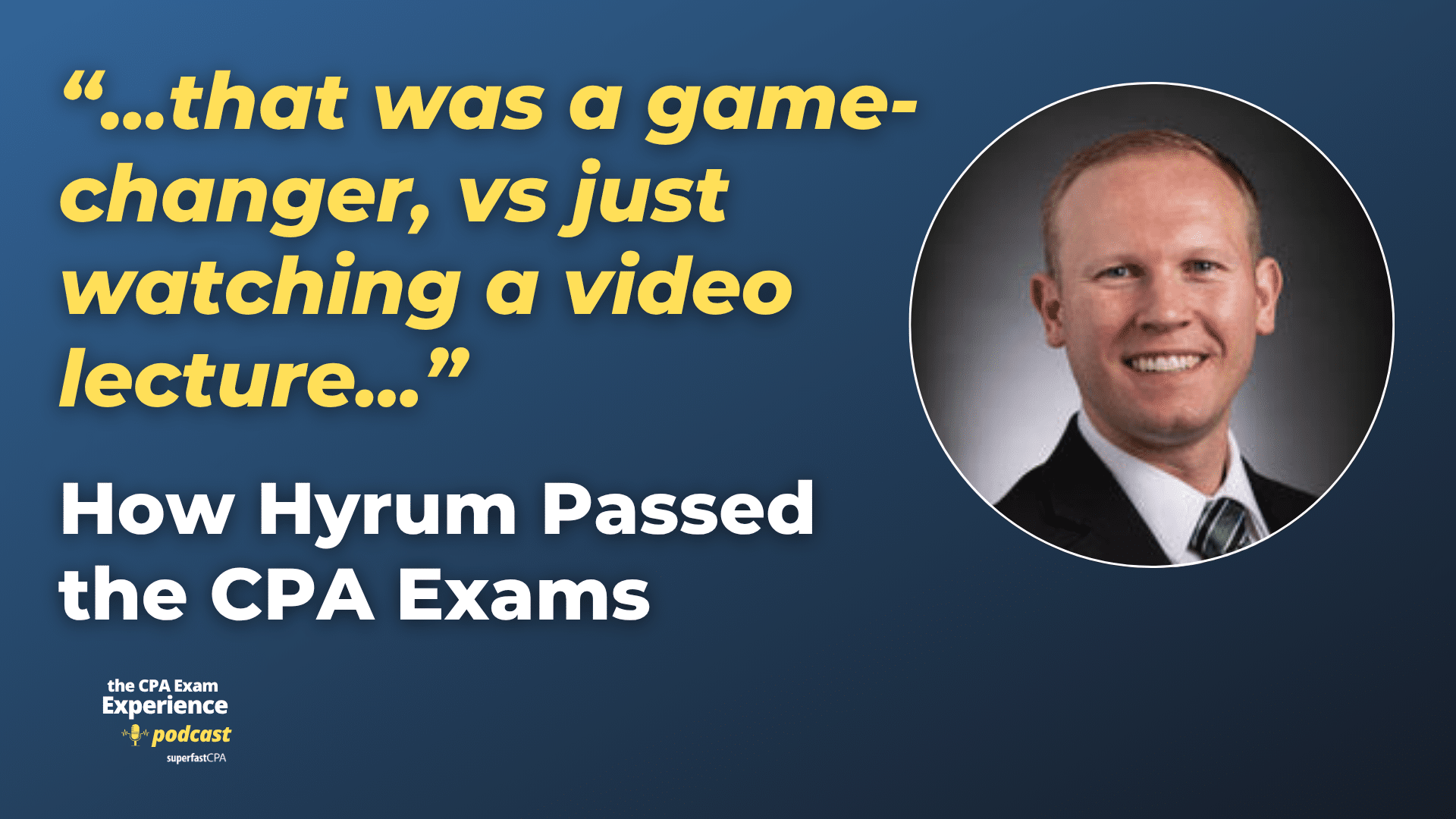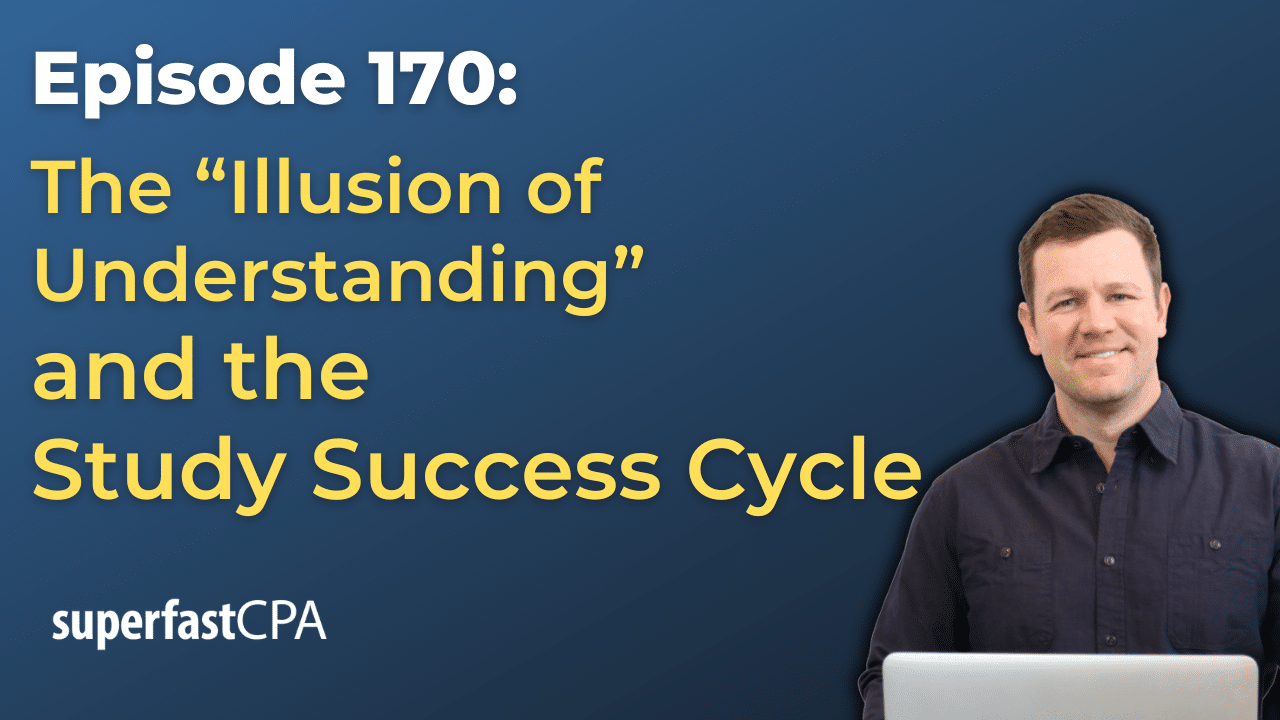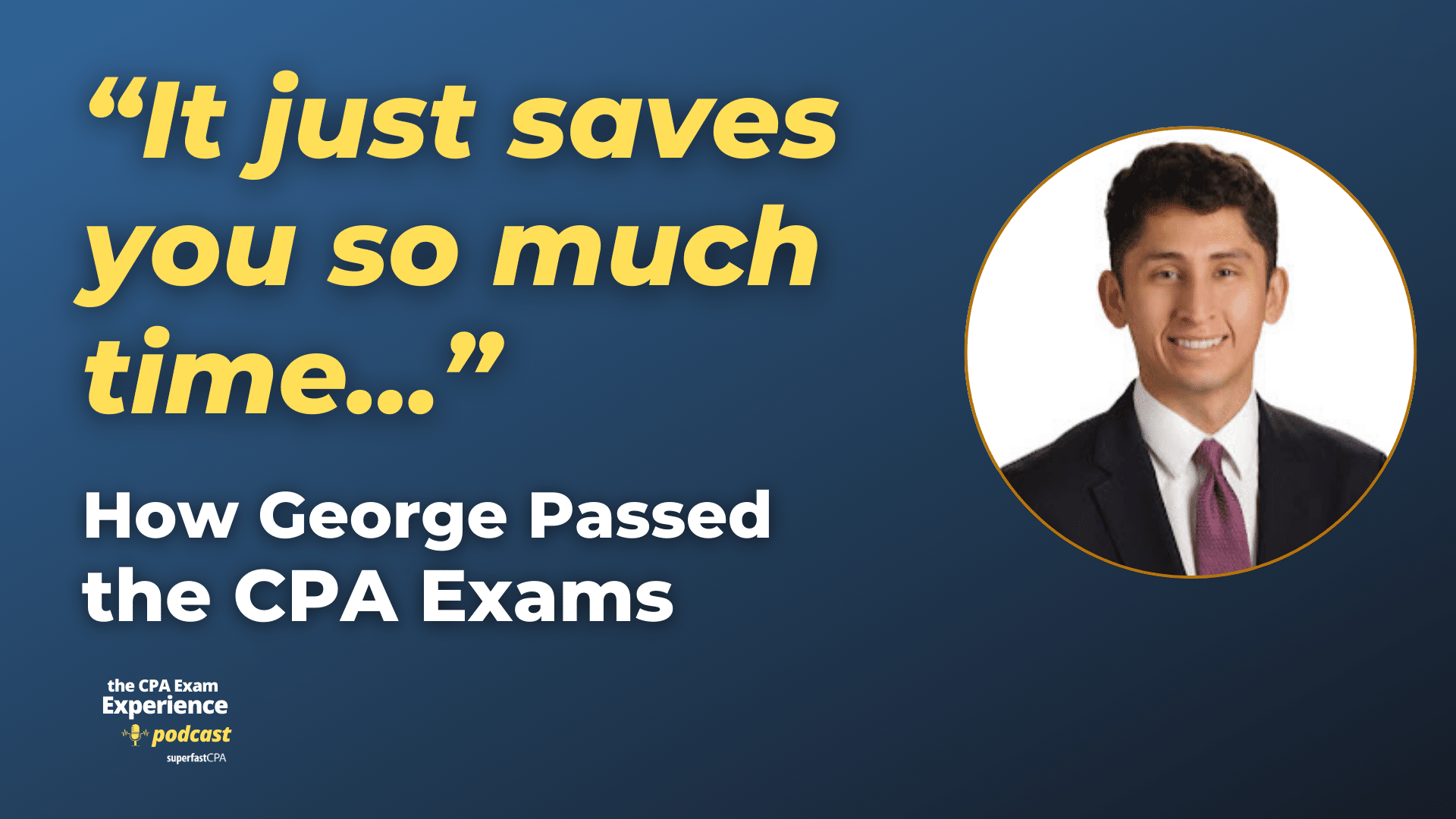How Do You Account for Life Insurance
How life insurance is accounted for depends on whether you are talking about an individual policyholder or an insurance company.
For an individual policyholder, life insurance payments are generally not accounted for in personal financial statements except to the extent that they represent an expense (the premium payments) or an asset (the cash surrender value of a whole life policy).
Life insurance premiums are typically considered personal expenses, and thus, they are not tax-deductible. However, if a policy has a cash surrender value, such as a whole life insurance policy, that can be included as an asset on a personal balance sheet. The cash surrender value is the amount of money an insurance company will pay to the policyholder if the policy is voluntarily terminated before its maturity or the insured event occurs.
From the perspective of an insurance company, life insurance is accounted for differently. Insurance companies recognize premium revenue over the term of the insurance contract and set up a liability known as the “future policyholder benefits,” which represents the present value of expected future payments to policyholders. They also establish an asset known as the “deferred policy acquisition costs,” which represents the costs of acquiring new policies (such as commissions and underwriting expenses) that are to be recognized over the term of the insurance contracts.
In general, the accounting for life insurance can be complex and is subject to rules set by financial regulators and standard-setting bodies, such as the Financial Accounting Standards Board (FASB) in the U.S. For the specifics of accounting for life insurance in a business context (for example, if a business purchases life insurance on key employees), it would be best to consult with a certified public accountant or other financial professional.
Example of How to Account for Life Insurance
Let’s look at examples from the perspective of both an individual and an insurance company.
Individual Policyholder:
Let’s say Jane has a whole life insurance policy for which she pays an annual premium of $5,000. This premium payment would be considered a personal expense in Jane’s yearly budget.
The policy also has a cash surrender value that grows over time as she pays her premiums. After several years, the cash surrender value of her policy has grown to $20,000. If Jane were to create a personal balance sheet, she could list this $20,000 as an asset because it’s money she could receive from the insurance company if she decided to terminate the policy early.
Insurance Company:
On the other side of the transaction, the insurance company treats the premium payments it receives from Jane differently.
- Premium Revenue: As Jane pays her $5,000 annual premium, the insurance company records this as premium revenue. However, it’s recognized over the term of the insurance contract, not all at once.
- Future Policyholder Benefits: The insurance company also has to calculate and record a liability for future policyholder benefits, representing the money it expects to pay out on Jane’s policy in the future.
- Deferred Policy Acquisition Costs: If the insurance company spent money to acquire Jane’s policy—for example, it paid a commission to the agent who sold the policy—those costs would be capitalized as deferred policy acquisition costs and recognized over the term of the insurance contract.
Please note that this is a simplified example. The actual accounting for life insurance can be much more complex, and it’s subject to numerous rules and regulations. It’s also important to mention that the tax treatment of life insurance policies can be complex and depends on specific circumstances, so for any tax-related concerns, it’s always best to consult with a tax professional.

